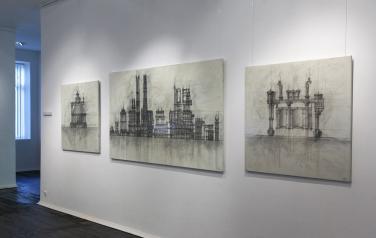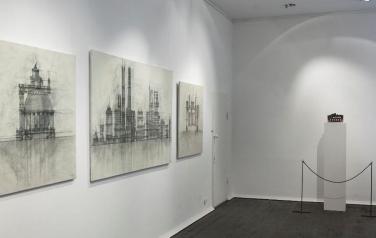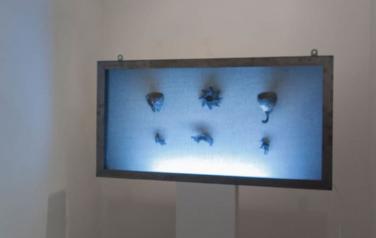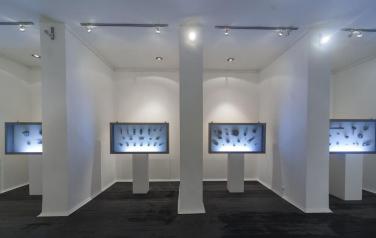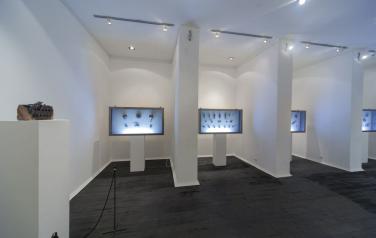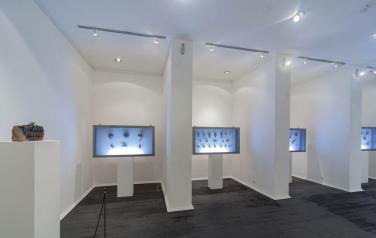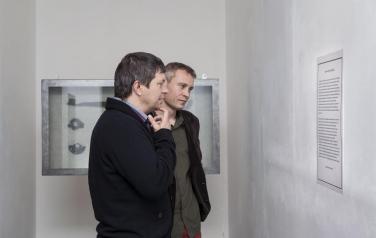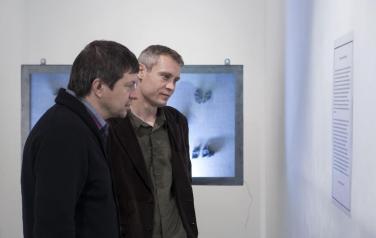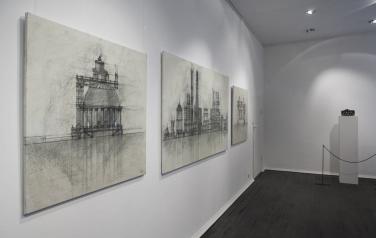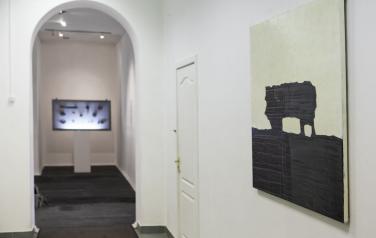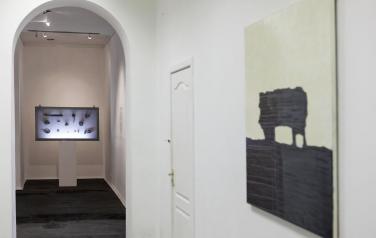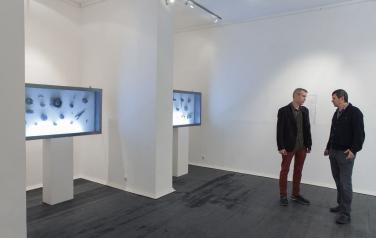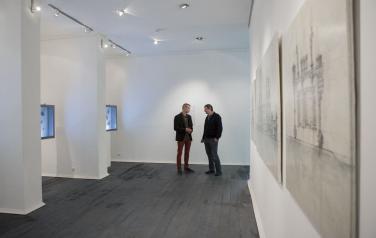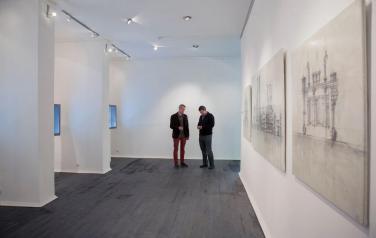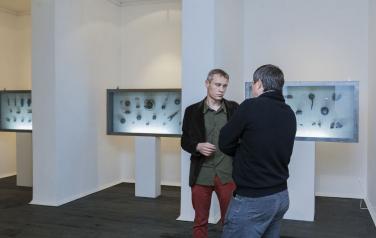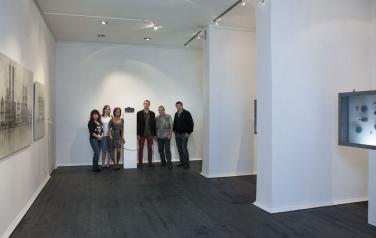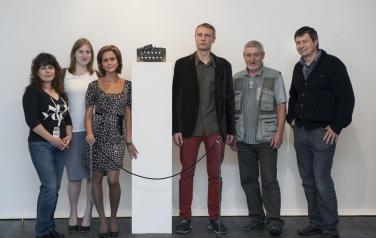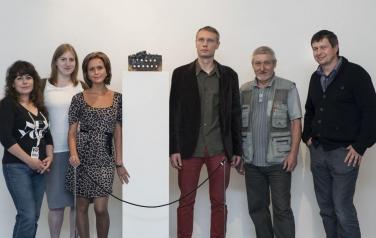Exhibition of Anton Chumak is some kind of exploration of time boundaries and limits of human civilization development. Perception of it as continuous stream of events along unidirectional time axis is considered by us as something what ought to be, something beyond any doubt. This doubt is what the painter tries to implant in minds of viewers. “Temple of Fire” project represents an artistic interpretation of museum exposition of IV millennium A.D.
Within the walls of the imaginary museum there unfolds itself a history based on findings of a scientific expedition of the future, which discovered a monument of our time – ruins of an oil-processing plant. Artistic irony is seen in a way how they treat the discovered unit: they took it for an ancient temple complex. A historian is initially shackled by own apprehensions of the object under review, he is captive to stereotypes – the conclusion a viewer is to make.
Living in the information age makes it difficult to imagine that one day this gigantic array of information is to vanish. Moreover, the same fate will be shared by material culture. Residents of today’s megalopolises are far from such expectations. But say, weren’t the builders of the ancient sanctuaries far from those as well? Anton Chumak suggests that we think of it. He builds up the pattern of critical reconstruction of history by getting so far ahead of time – from the future. He moves backward along the time axis as historians and archeologists would, turning pages of history, restoring continuous chain of events – and interpreting those nearly at random. Our knowledge of the past is much more fragile than we are used to think it is – suggests the artist in the meantime, offering the viewers the path of “historic mystification” that uncovers outcomes of explorer’s mistake.
However, there’s another aspect and no less significant one: “Temple of Fire” project is another step in Anton Chumak exploration of what oil really means. Idolization of “black gold” in modern time world is interpreted by the artist as system of shifted values, where oil, quite in a pagan fashion, is ascribed nearly mystic power that ensures might and prosperity.
Diligently erecting towns, temples, factories and other structures, the humankind seems to try to avoid oblivion by leaving behind most strong memories – is yet another implicit message of the installation. But whether these memories will be correctly interpreted millenniums after? Do we know for what purpose gigantic figures were created in Nazca desert, which are only seen from high above? What were menhirs actually meant for? Being aware of an artifact existence does not mean knowing its actual place in historical context, the painter observes, thus offering a viewer more questions than answers.
